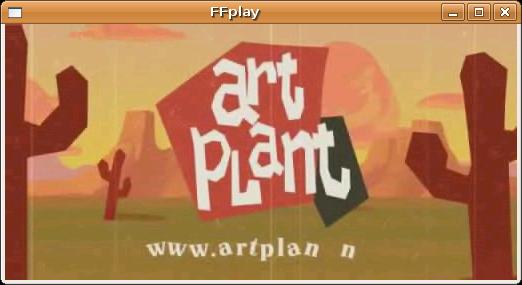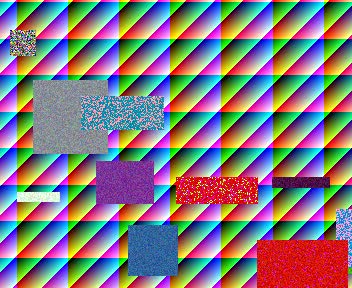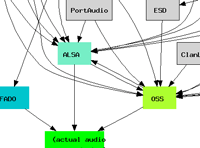I can’t believe I haven’t heard of this still image format before — it’s called ART and was apparently used in earlier incarnations of America OnLine’s service. All that anyone knows about it is that it is based on compression techniques licensed from an outfit named Johnson-Grace, a firm that AOL later purchased.
The Wikipedia page implies that this format is to still image formats what Bink is to video codecs — if the marketing literature is to be believed, the compressor analyzes the data to be compressed and selects from a number of coding methods based on the assessed characteristics. The Wikipedia page also links to several J-G patents, none of which I have read.
A colleague sent me a bevy of samples for study. Where to start with a reverse engineering effort? There seems to be plenty of ancient programs that can work with the format. However, it seems reasonable that the code for decoding ART files must live on any of the billions of free AOL signup disks known to exist.



